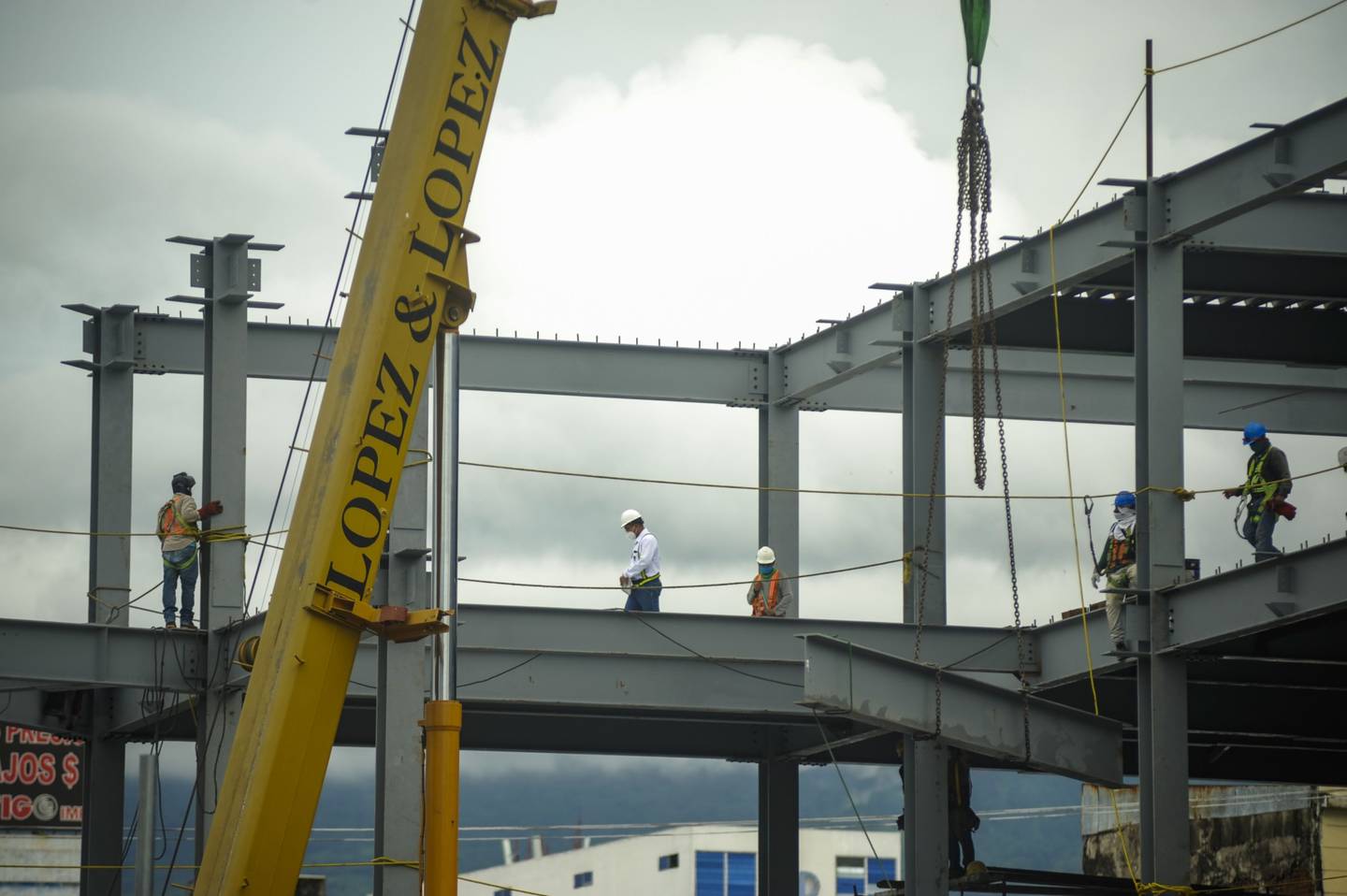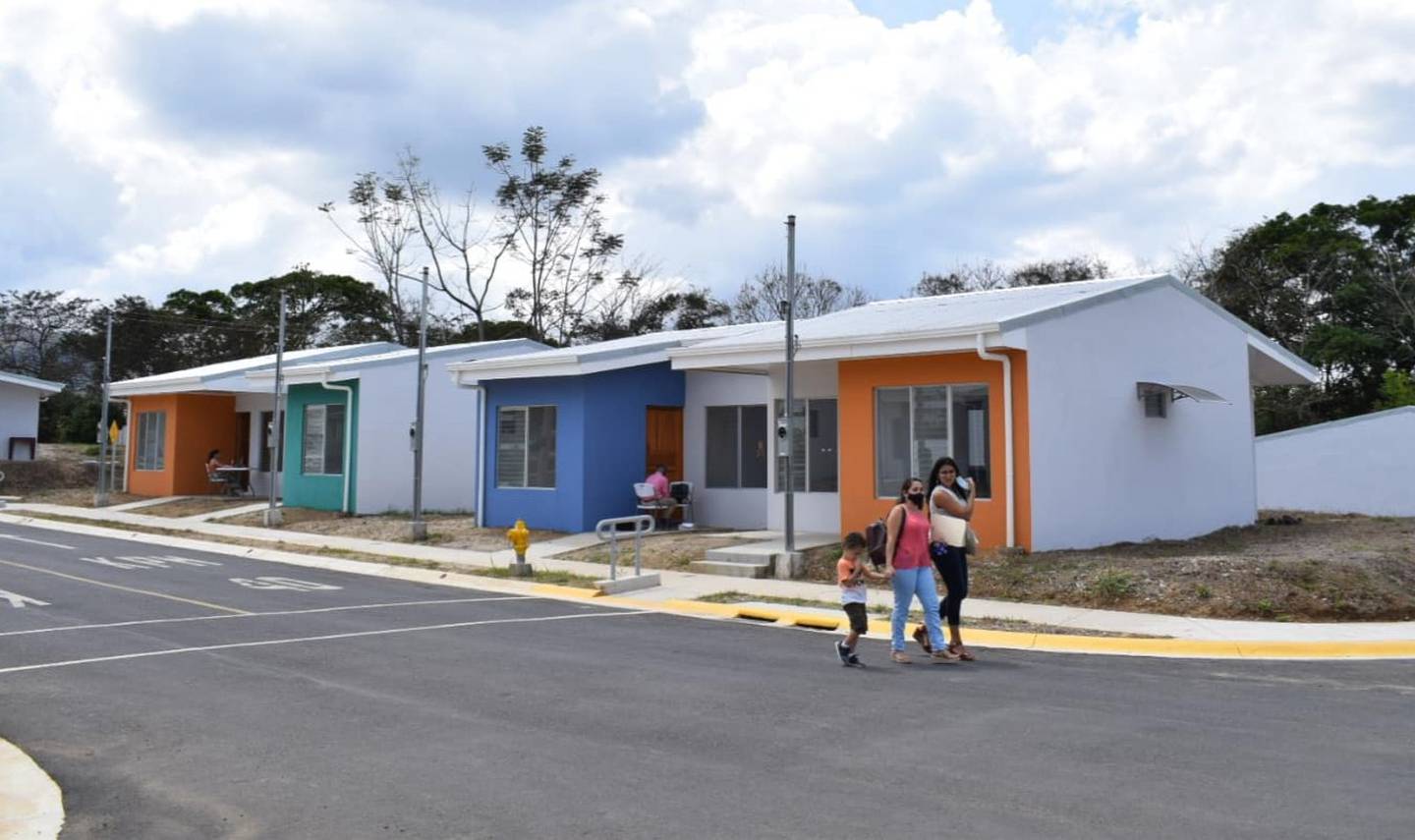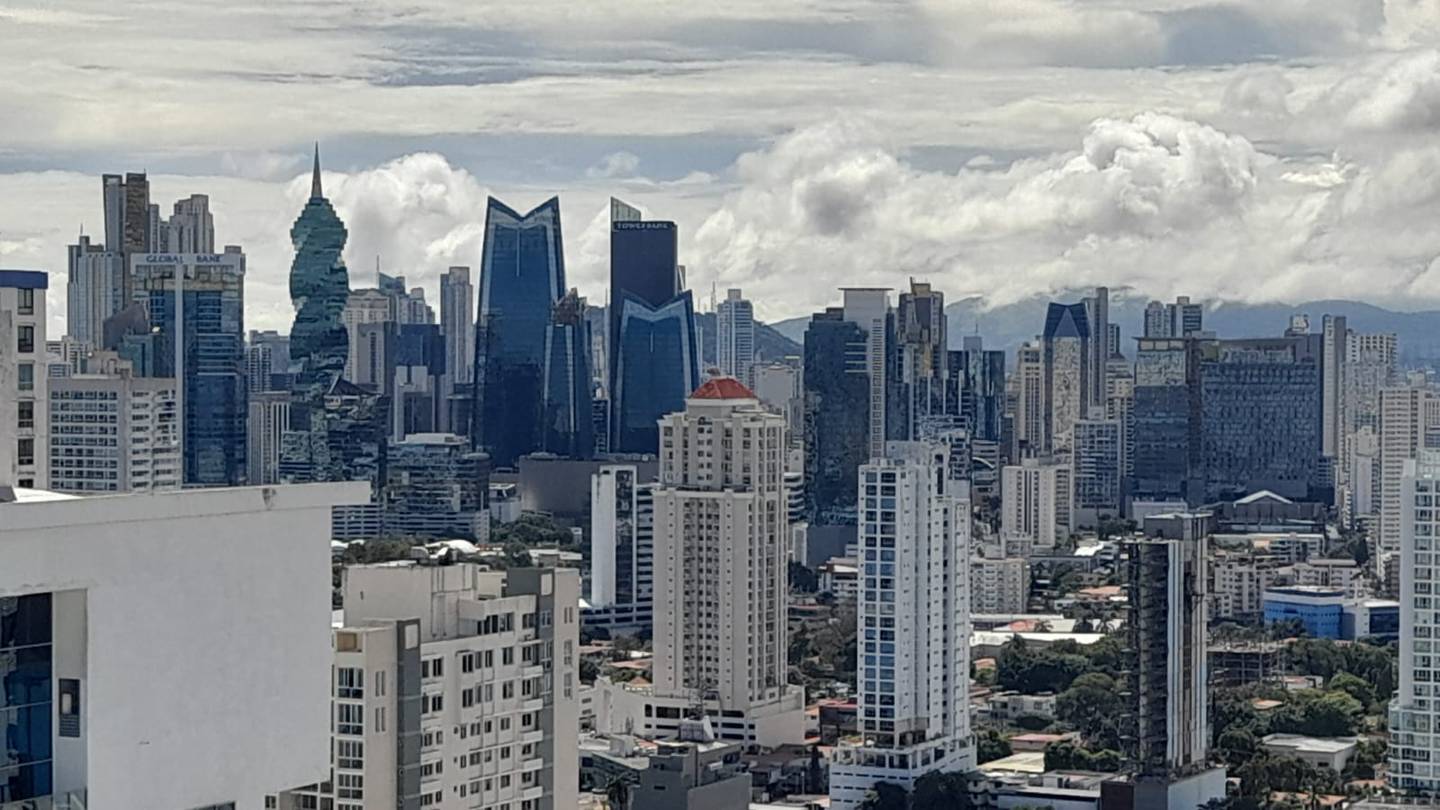By Natiana Gándara
One of the key economic activities for Central America is construction.
During the past year, its performance was uneven, depending on each country’s dominant economic activities and market size.
In the case of Costa Rica, the slowdown in the construction sector at the end of 2022 represented the greatest drag on the country’s economic growth.

According to the Monthly Index of Economic Activity (IMAE) published by the Central Bank of Costa Rica, the construction industry experienced a year-on-year drop of 5.8% and is the activity with the greatest contribution to the deceleration of the aforementioned index.
“This industry faces higher production costs due to international increases in iron and steel prices, given that Ukraine is one of the world’s largest suppliers,” said the Central Bank.
The performance of construction with private destinations reflected lower production of non-residential infrastructure (mainly buildings, industrial buildings, and parking lots) and housing projects (social interest housing and for middle-income groups) with respect to what was observed in 2021, the banking entity added.
IN THE NEGATIVE
Another country in the region that reflected a not-so-favorable result was Nicaragua; in the second quarter of 2022, the results of the Private Construction Survey showed that the area actually built registered a decrease of -10.5% in year-on-year terms.
In that line, the Central Bank of Nicaragua informed that one of the sectors that will close 2022 in negative is the construction sector with 1.1% (-0.9% in the accumulated January-September).
The price of construction materials has affected economic development. These include asphalt, blocks, pavers, ready-mix concrete, sand, crushed stone, and quarry stone.
However, the Nicaraguan government plans to build 50,000 social housing units over the next five years, reaching 7,400 units this year.
CONSERVATIVE PROJECTIONS
In Guatemala, the construction sector has not been oblivious to this growth because, after 2020, when it closed with red numbers, in 2021, it experienced a growth of 11% “and became one of the three sectors of the national economy with the highest growth, behind the restaurant and health sectors”, explained the Guatemalan Chamber of Construction.
In 2022, the entity’s closing projections estimated a 7.1% increase, with a projection for 2023 of 3.8%, which is a lower and conservative range “since the upper one is considered could reach 5%”, the organization indicated.
According to the annual monetary, exchange, and credit policy evaluation report, when breaking down the performance of the 17 productive activities classified by the Bank of Guatemala, 16 will close in 2022 in the positive.
Among them, construction will close with a 6.8% growth by the end of 2022, according to the report, a lower figure than estimated by the trade union organization.

HOUSING DEMAND
José Miguel Torrebiarte, president of Progreso, commented to Bloomberg Línea that the construction sector will always be relevant, mainly because the country’s demographic bonus demands more housing.
The number of licenses alone amounts to some 150 buildings in the construction stage within the perimeter of Guatemala City.
“Urbanization is generating more vertical and denser cities; this is happening in other intermediate cities such as Quetzaltenango where there are already Urban Housing Modules, also in Cobán and Chimaltenango.”
“Therefore, the sector will continue to grow, but there is a possibility that in the medium term, the increase in interest rates will affect it”, highlighted Torrebiarte.
In addition, strong investments are expected for this year in infrastructure, such as the construction of:
- Puente Belice 2, which will represent some Q.1.85 billion (US$ 235.82),
- the Escuintla-Puerto Quetzal highway with Q.985 million (US$125.56 million),
- and the Cuyotenango beltway, which will represent some Q.1,181 million (US$150.54 million).
MORE CEMENT WAS CONSUMED
Another example is El Salvador, and according to data from the Salvadoran Chamber of the Construction Industry (Casalco), the sector grew by 10% at the end of last year.
The construction sector’s Gross Domestic Product (GDP) closed at US$836 million in the first semester of 2022, and according to José Antonio Velásquez, executive director of Casalco, that figure could reach US$1.672 billion.
The executive explained that the largest growth in terms of construction materials had been experienced by cement: from 34,448 bags consumed in 2019, it has gone to consume more than 38,000 in 2022.
“The above behavior was due to a rise in residential cement due to the adaptations forced or driven by the pandemic: many people decided to remodel or expand their homes, which were converted into classrooms, offices, or those who decided to build recreational spaces such as terraces,” said Velasquez.

REDUCING THE HOUSING DEFICIT
Private Construction, also in Honduras, grew 8% until November 2022, driven by residential works, according to the Monthly Index of Economic Activity (IMAE) released by the Central Bank of Honduras (BCH).
Financing programs favored the growth with accessible interest rates for social and middle-class housing, adds the official information.
Likewise, the commercial and industrial sector is developing projects, mainly in the northern part of the country.
The manager of the Honduran Chamber of the Construction Industry (Chico), Silvio Larios, pointed out that it is urgent to reform the Housing Law, given the few opportunities to increase the supply of homes in the country because the housing deficit continues to grow.
The housing deficit is 1.3 million housing units, and with the reforms, it could be increased to 25,000 units built, to 100,000 units per year.
In this regard, Edwin Araque, president of the Banco Hondureño para la Producción y la Vivienda (Banhprovi), announced that in 2023 an extra L2 billion (US$81.09 million) would be disbursed, and 70% of the funds will be for the housing sector.
The L25 billion (US$1 million) investment fund to be made available by the Banco Hondureño para la Producción y la Vivienda (Banhprovi) will allow financing expansion to benefit more people seeking loans in the country.
RELEVANT ACTIVITY
Panama was not left behind, and it was the Minister of Economy and Finance, Héctor Alexander, who assured that in 2022 one of the main engines that the country’s economy had was construction with a growth of 9%, and reiterated that this sector gives life to other activities such as industry and directly benefits thousands of people.
Alexander added that many families depend on the direct and indirect activities of construction and the real estate sector’s performance, which has contributed to Panama’s economic reactivation being one of the strongest in the region.
In the case of the Dominican Republic, the construction sector is not one of the economic activities that contribute the most to GDP growth; last year, it closed at 0.6%.

With information from Bloomberg

